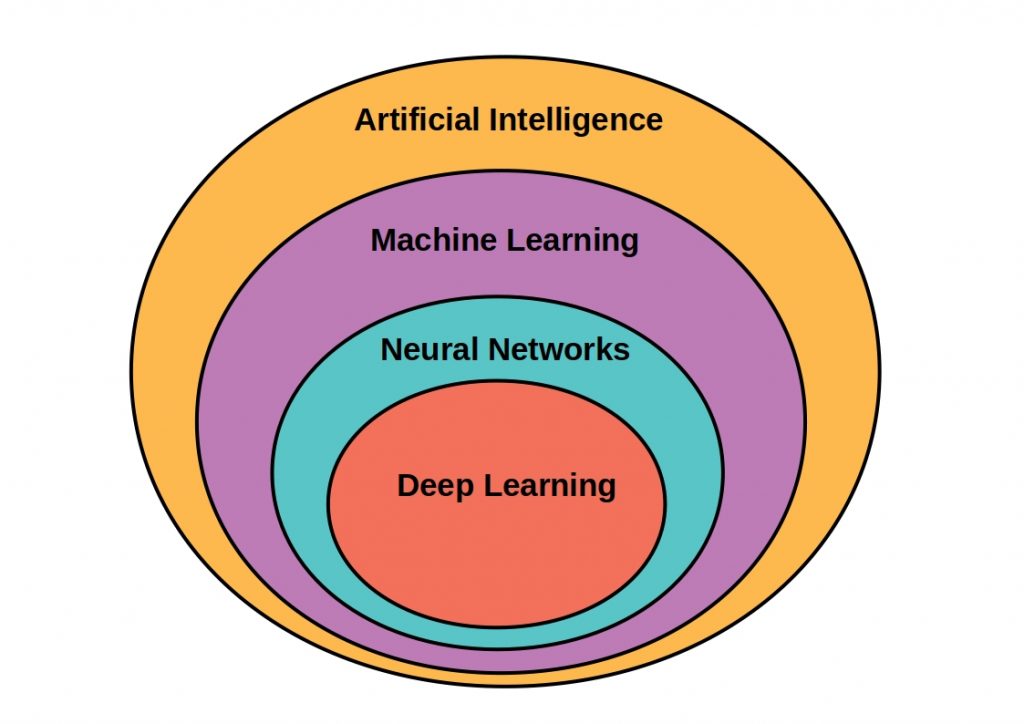

Ai deep learning machine learning how to#
In this week, you will learn what dimensionality reduction is, why it is needed and how to use it. Week 3: Dimensionality Reduction Dimensionality reduction techniques are used to reduce the number of features representing a given dataset, while retaining the structure of the dataset as much as possible. In this week, you will learn about the problem of clustering, the main classes of clustering techniques and how we can implement k-means and hierarchical clustering. Week 2: Clustering Clustering techniques are used to identify similar data/objects and patterns from your engineering datasets. Week 1: Introduction This week is an introduction to the course with an overview of the topics. Describe how reinforcement learning could be applied in real world applications.Explain the basic concepts and techniques of reinforcement learning.Train deep neural networks for classification and regression tasks.Explain how deep neural networks work and their advantages.Implement Principal Component Analysis (PCA) for feature extraction.Motivate the need and choice of dimensionality reduction techniques.Implement k-means and hierarchical clustering.Describe the main classes of clustering techniques.This course is designed by a team of TU Delft machine learning experts from various backgrounds, highlighting the various topics from their individual perspectives. We cover basic reinforcement learning concepts and techniques, such as how to model the system using a Markov Decision Process, and how to train an optimal policy using tabular Q-learning using the Bellman equation. Reinforcement learning teaches an AI to interact with an environment. You will learn how to build and train deep neural networks consisting of fully connected neural networks of multiple hidden layers. We discuss feature selection and feature extraction techniques such as Principal Component Analysis (PCA), and how and when to apply it.ĭeep Learning is a family of machine learning methods based on artificial neural networks. We explain various approaches to clustering and cover how similarity and dissimilarity measures are used.ĭimensionality reduction techniques are used to reduce the number of features representing a given dataset, while retaining the structure of the dataset. It is a technique that is especially useful if you don’t have labeled or annotated data.

Using hands-on and interactive exercises you will get insight into the fundamental algorithms and basic concepts of:Ĭlustering is used to identify similar data/objects and patterns from your engineering datasets. Finally, reinforcement learning techniques can be used to train AI agents that interact with an environment. Deep learning is a supervised learning technique that is useful to train neural networks to solve more complicated classification and regression tasks. Unsupervised learning techniques such as clustering and dimensionality reduction are useful to make sense of large and/or high dimensional datasets that are not annotated. In this course you will learn the basics of several machine learning topics to help you solve real life challenges. Learn the fundamentals and principal AI concepts about clustering, dimensionality reduction, reinforcement learning and deep learning to solve real-life problems.


 0 kommentar(er)
0 kommentar(er)
